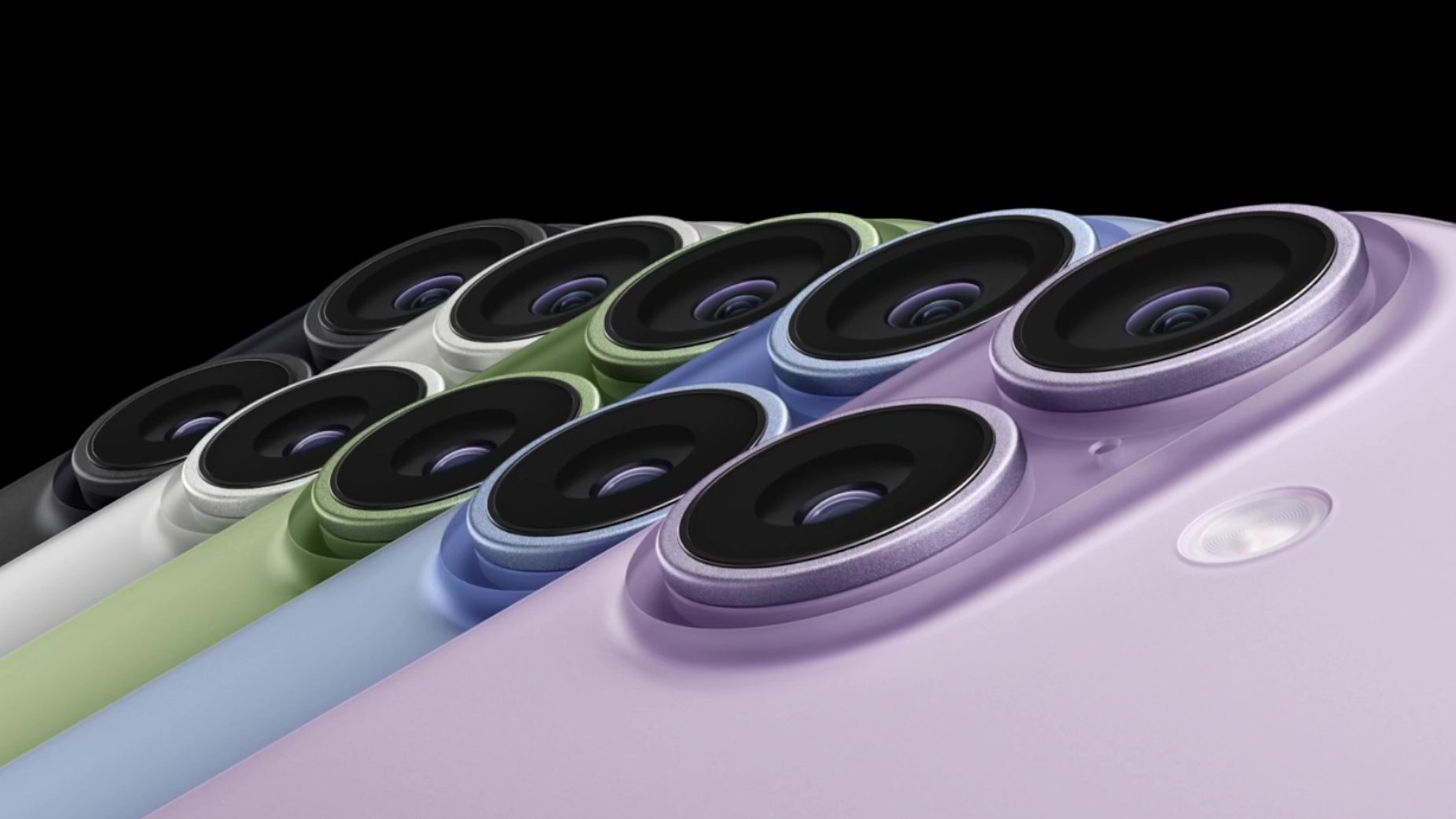The television plant of the Hong Kong company TPV Technology, which assembles Philips, Sony and Sharp televisions in the city of Shushary, Leningrad Region, stopped operating at the end of October due to the threat of secondary sanctions from the United States. This was reported by Kommersant citing sources in the sector.
Author:
https://rb.ru/author/mihail-zelenin/
Subscribe to RB.RU on Telegram
TPV had problems paying for components supplied from China and the company itself did not want to risk secondary sanctions from the European Union and the United States due to the low priority of the Russian market, the publication notes.
The Shushary plant has been operating since 2011 and has since received investments of around $30 million. The plant’s production capacity allowed it to produce up to 3.5 million televisions per year.
The president of the Russian-Asian Union of Industrialists and Entrepreneurs, Vitaly Mankevich, does not agree with the version of the threat of secondary sanctions. “This product segment has not been subject to any sanctions and, in addition, competitors, mainly Chinese, operate successfully in the market and have a significant share and production,” said the expert.
After the manufacturer leaves the country, retailers will provide warranty and maintenance service, as was the case with Apple.
The demand for televisions in Russia remains very high. By the end of 2023, the volume of the television market grew by 13% to 229 billion rubles, and sales growth compared to last year was 28% to 8.7 million units, reports Telecom Daily. The publication linked the growth in equipment sales to the government’s injection of money into the consumer economy.
The leader of the Russian television market at the end of 2023 was the Chinese manufacturer Haier, after displacing the Korean Samsung, which had held a leading position for 9 years. Brands familiar to Russians such as Sony, Sharp, Panasonic, Philips and LG did not make it to the top 3 in sales. The second and third places in popularity among consumers were occupied by the Chinese Xiaomi and Hisense.
Against the background of the departure of Western manufacturers, Russian and Belarusian assemblers increased the volume of assembly of televisions from Telefunken, Erisson, Hyundai, BBK and others. Kommersant interlocutors stressed that production growth due to localization of assembly is hampered by rising prices for Chinese components.
Author:
Mikhail Zelenin
Source: RB
I am a professional journalist and content creator with extensive experience writing for news websites. I currently work as an author at Gadget Onus, where I specialize in covering hot news topics. My written pieces have been published on some of the biggest media outlets around the world, including The Guardian and BBC News.











